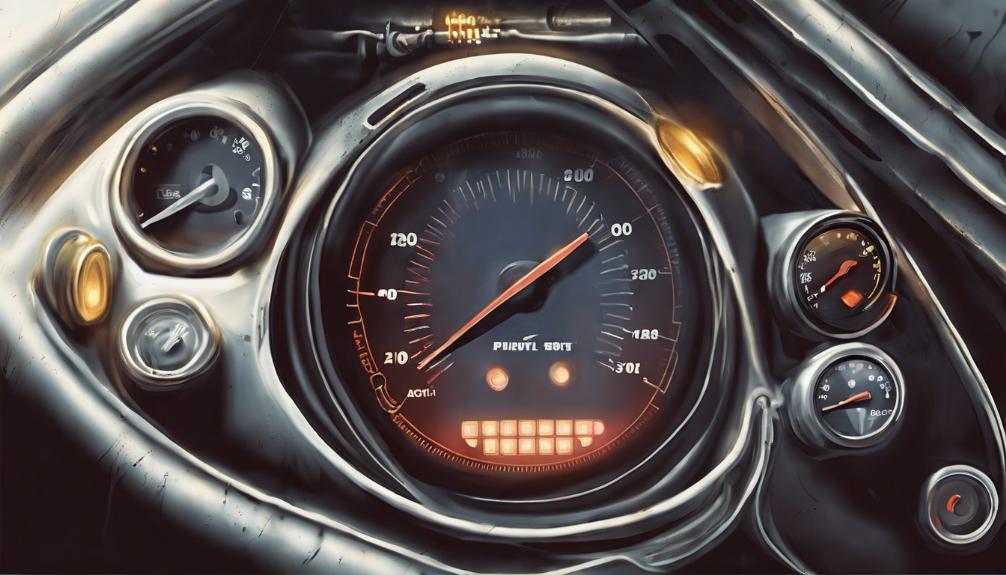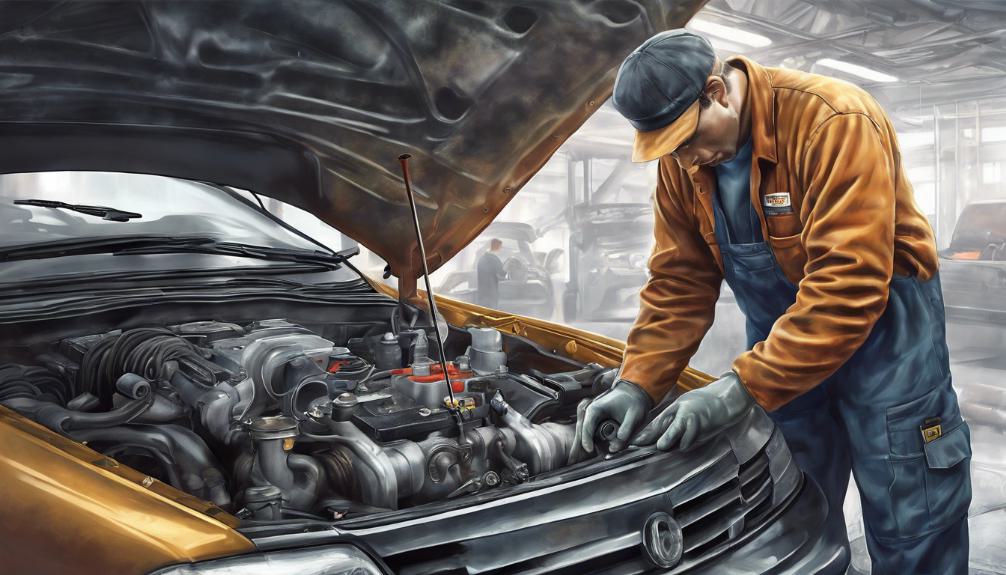If you’re facing the P2601 code, it alerts you to issues in your coolant pump A control circuit. Causes may include a faulty pump relay, wiring harness issues, or a failing pump.
Symptoms like the Check Engine Light, overheating, and lack of heater heat may arise. Use a scan tool to retrieve the code and check for circuit range problems. Inspect the wiring harness and test pump voltage to pinpoint the fault.
Repair steps involve evaluating the pump relay, motor, and electrical connections. Addressing these can help resolve the P2601 trouble code and keep your vehicle running smoothly.
What You Need to Know
- The P2601 code relates to coolant pump control circuit issues.
- Common causes include faulty relays, pump malfunctions, and wiring problems.
- Symptoms may include Check Engine Light, engine overheating, and lack of heater heat.
- Diagnostic process involves using a scan tool, visual inspections, and voltage testing.
- Repairs include checking the pump relay, motor, connections, and wiring harness.
P2601 Code Definition

The P2601 code signifies a fault in the coolant pump control circuit range/performance.
Specifically, this diagnostic trouble code is related to the Coolant Pump A control circuit, indicating a potential issue with the auxiliary coolant pump in your vehicle.
When your onboard diagnostic system detects the P2601 code, it alerts you to a problem with the control circuit responsible for regulating the coolant pump’s performance.
If you encounter the P2601 OBD-II trouble code, it’s essential to address it promptly to prevent further complications.
Ignoring this issue could lead to symptoms such as the Check Engine Light illuminating, engine overheating, and a lack of heat from the heater.
Since the severity of P2601 can result in overheating and potential engine damage, it’s advised not to continue driving until the problem is resolved.
To effectively troubleshoot and repair the P2601 code, you may need to inspect the coolant pump control circuit, check for any wiring faults, and ensure the proper functioning of the auxiliary coolant pump.
Consulting a professional mechanic or utilizing diagnostic tools can help pinpoint the exact cause of the fault and facilitate the necessary repairs.
Common Causes of P2601 Code
Investigate potential causes of the P2601 code by examining the auxiliary coolant pump relay for faults. A common culprit for this trouble code is a malfunctioning coolant pump relay.
Check for any open or short circuits in the coolant pump harness as these can also trigger the P2601 code.
Furthermore, a failed coolant pump or poor electrical connections may be at the root of the issue.
To diagnose the problem, perform voltage testing at the coolant pump to pinpoint the source of the malfunction.
When it comes to repair options, you may need to replace the coolant pump relay, repair any faulty wiring connections, or even install a new coolant pump if necessary.
By addressing these potential causes methodically, you can effectively troubleshoot and resolve the P2601 code, ensuring peak performance of the coolant system in your vehicle.
Symptoms of P2601 Code

Experiencing the P2601 code in your vehicle can manifest through various symptoms that signal potential issues with the coolant system.
One common symptom is the illumination of the Check Engine Light on your dashboard.
This warning light indicates that the vehicle’s onboard computer has detected a problem, possibly related to the coolant pump or its control circuit.
Another symptom of P2601 is the potential for engine overheating. If you notice your engine temperature rising unusually high, it could be a result of this code.
Also, a lack of heat coming from the heater in your car can also be a sign of P2601. Ignoring these symptoms can lead to severe consequences, including engine damage.
In addition, if you observe the cooling fans running at 100% duty cycle continuously, it may indicate a problem with the coolant pump.
If any of these symptoms occur, it’s advisable to have your vehicle checked for diagnostic trouble codes, especially P2601, to address the underlying issue promptly.
Diagnostic Process for P2601 Code
Curious how to efficiently diagnose the P2601 code in your vehicle’s cooling system?
When facing an OBD-II diagnostic trouble code like P2601, using a scan tool to communicate with the control module is essential.
Start by connecting the scan tool to retrieve the specific code and freeze frame data associated with the issue.
Next, perform a visual inspection of the Pump A Control circuit range, checking for any visible damage or loose connections in the coolant pump wiring harness.
To explore further into the diagnostic process, consider testing the voltage at the coolant pump to make sure it’s functioning correctly.
Also, examining the auxiliary coolant pump relay can help pinpoint any potential malfunctions. Thoroughly inspecting these components will aid in identifying the root cause of the P2601 code.
Repairs for P2601 Code

When diagnosing the P2601 code, a common repair involves evaluating and potentially replacing the coolant pump wiring harness. To effectively address the P2601 trouble code, consider the following repair steps:
- Visually inspect the pump relay: Check for any signs of damage or corrosion on the coolant pump relay. A faulty relay can often be the culprit behind the P2601 DTC.
- Test the pump motor: Verify that the pump motor is functioning correctly by testing it for proper operation. A malfunctioning pump motor can lead to coolant temperature irregularities triggering the P2601 code.
- Check for electrical issues: Thoroughly examine all electrical connections related to the coolant pump system. Faulty wiring or poor connections can cause the P2601 trouble code to appear intermittently.
As an Amazon Associate we earn from qualifying purchases.










